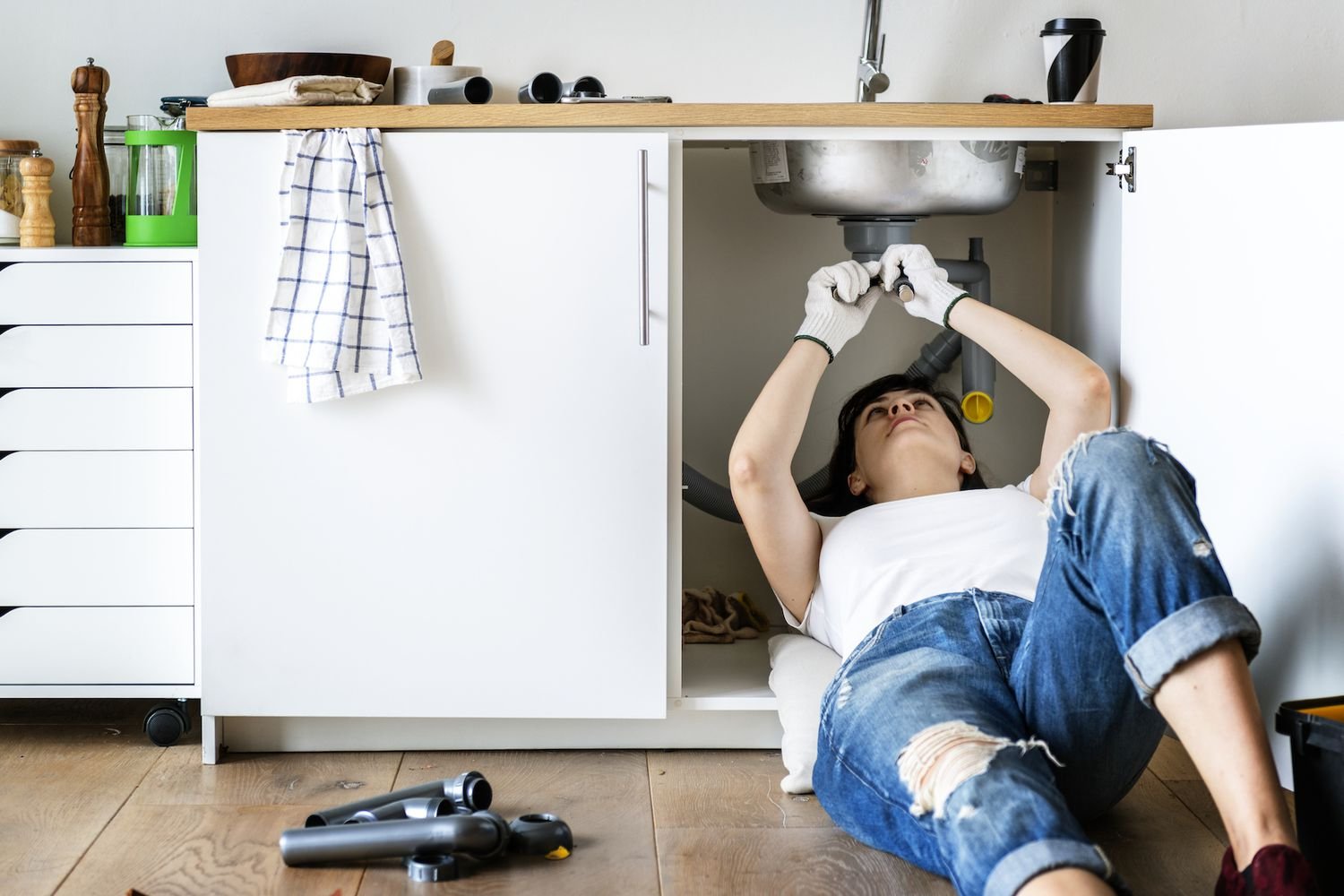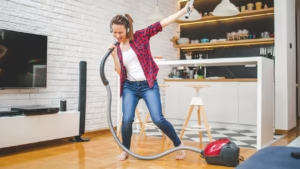Owning a home is one of the largest investments most people will ever make. But with ownership comes responsibility, and neglecting routine maintenance can lead to costly and stressful repairs. The truth is, most expensive problems don’t appear overnight—they build up slowly when small issues are ignored. By practicing smart home maintenance, you can protect your property, extend the life of appliances and systems, and save thousands of dollars in the long run.
In this guide, we’ll explore practical tricks every homeowner can follow to keep their house in excellent condition without overspending on avoidable repairs.
Inspect Your Roof Regularly
Your roof is your home’s first defense against the elements, and even minor damage can lead to expensive repairs if overlooked. Make it a habit to inspect your roof twice a year, especially after heavy storms. Look for missing shingles, cracked tiles, or signs of water pooling. Cleaning out gutters at the same time prevents water backups that can damage both the roof and foundation. Investing in routine roof inspections is far cheaper than paying for major leak or structural repairs.
Service Your HVAC System
Heating and cooling systems keep your home comfortable, but they also account for a large portion of energy bills. A neglected HVAC unit works harder, wastes energy, and breaks down more often. To avoid this, change filters every 1–3 months and schedule professional servicing twice a year—once before summer and once before winter. Regular maintenance helps improve efficiency, extends system lifespan, and prevents expensive emergency breakdowns.
Prevent Plumbing Problems
Plumbing issues are among the most disruptive and costly problems for homeowners. Leaky pipes, clogged drains, and water heater failures can cause water damage that’s difficult to repair. To prevent this, check under sinks and around appliances for leaks regularly. Flush your water heater once a year to remove sediment buildup, and avoid pouring grease or harsh chemicals down drains. Simple steps like installing mesh drain screens can prevent clogs and save hundreds of dollars in plumbing bills.
Seal Windows and Doors
Energy loss through poorly sealed windows and doors not only increases utility bills but can also cause wear on heating and cooling systems. Inspect seals at least twice a year and replace worn weatherstripping. Caulking cracks and gaps is inexpensive but can significantly improve energy efficiency. Well-sealed windows and doors also help prevent water leaks and pest entry, making them an essential part of smart maintenance.
Clean and Maintain Appliances
Household appliances work harder than most people realize, and routine care keeps them functioning longer. Clean refrigerator coils twice a year to improve cooling efficiency and reduce power consumption. Clear dryer vents to prevent lint buildup, which is a major fire hazard. Inspect washing machine hoses for cracks and replace them every few years before they burst. Spending a few minutes on appliance care can prevent sudden breakdowns that often come with costly replacements.
Check Your Foundation and Basement
Foundation problems are some of the most expensive repairs a homeowner can face. Prevent them by inspecting basements and crawl spaces for cracks, moisture, or signs of pests. Ensure gutters and downspouts direct water away from the foundation to prevent soil erosion and water damage. Installing a sump pump in flood-prone areas is another smart investment. Addressing foundation issues early avoids large-scale structural repairs down the road.
Keep an Eye on Electrical Safety
Electrical issues are not only costly but dangerous if ignored. Test smoke alarms and carbon monoxide detectors monthly and replace batteries at least once a year. Check outlets and switches for signs of overheating, and never overload circuits. If you notice frequent flickering lights or often tripped breakers, please contact a licensed electrician promptly. Regular electrical safety checks protect your family and prevent fire hazards that could cause major damage.
Don’t Forget Seasonal Maintenance
Each season brings unique challenges, and staying ahead of them saves time and money.
- Spring: Inspect the roof, clean gutters, and service air conditioning.
- Summer: Check plumbing, seal windows, and monitor outdoor sprinkler systems.
- Fall: Service the heating system, clean chimneys, and prepare for cold weather.
- Winter: Protect pipes from freezing and ensure snow removal tools are ready.
Breaking maintenance into seasonal tasks keeps it manageable and prevents surprise expenses.
Invest in Preventive Pest Control
Pests may seem harmless at first, but they can cause significant structural damage over time. Termites, rodents, and ants are among the most common culprits. Seal gaps around doors and windows, store food securely, and keep attics and basements clean. Scheduling periodic pest control inspections ensures small infestations don’t turn into costly repairs.
Build a Maintenance Calendar
The easiest way to stay consistent with home maintenance is to create a calendar. Mark monthly, seasonal, and yearly tasks so nothing is overlooked. Many homeowners also use reminder apps to stay on track. A little organization prevents procrastination and ensures you’re always ahead of potential problems.
FAQs
1. Why is preventive home maintenance so important?
Preventive maintenance helps identify small issues before they turn into major, costly repairs. It also increases safety, energy efficiency, and the overall lifespan of your home’s systems.
2. How much money can regular maintenance save?
On average, homeowners can save thousands each year by avoiding emergency repairs. Simple tasks like sealing windows or changing HVAC filters reduce energy bills and prevent equipment failure.
3. How often should I schedule professional inspections?
Major systems like HVAC, roofing, plumbing, and electrical should be inspected at least once a year. Seasonal checks ensure your home is always ready for upcoming weather conditions.
4. What’s the most overlooked home maintenance task?
Gutter cleaning is often ignored, but clogged gutters can cause roof leaks, foundation damage, and pest infestations. Cleaning them twice a year is essential.
5. Can I handle all maintenance tasks myself?
Many tasks are DIY-friendly, like replacing filters or sealing windows. However, specialized work such as electrical repairs, chimney cleaning, or major plumbing issues should always be handled by licensed professionals.
Conclusion
Smart home maintenance is about being proactive rather than reactive. By inspecting your roof, servicing HVAC systems, caring for plumbing, and performing seasonal tasks, you avoid costly surprises and protect your investment. Simple habits like cleaning appliances, sealing windows, and maintaining safety devices go a long way in keeping your home secure and efficient. Remember, small, consistent efforts today save you from big, expensive repairs tomorrow. A little attention now ensures your home remains safe, comfortable, and cost-effective for years to come.




